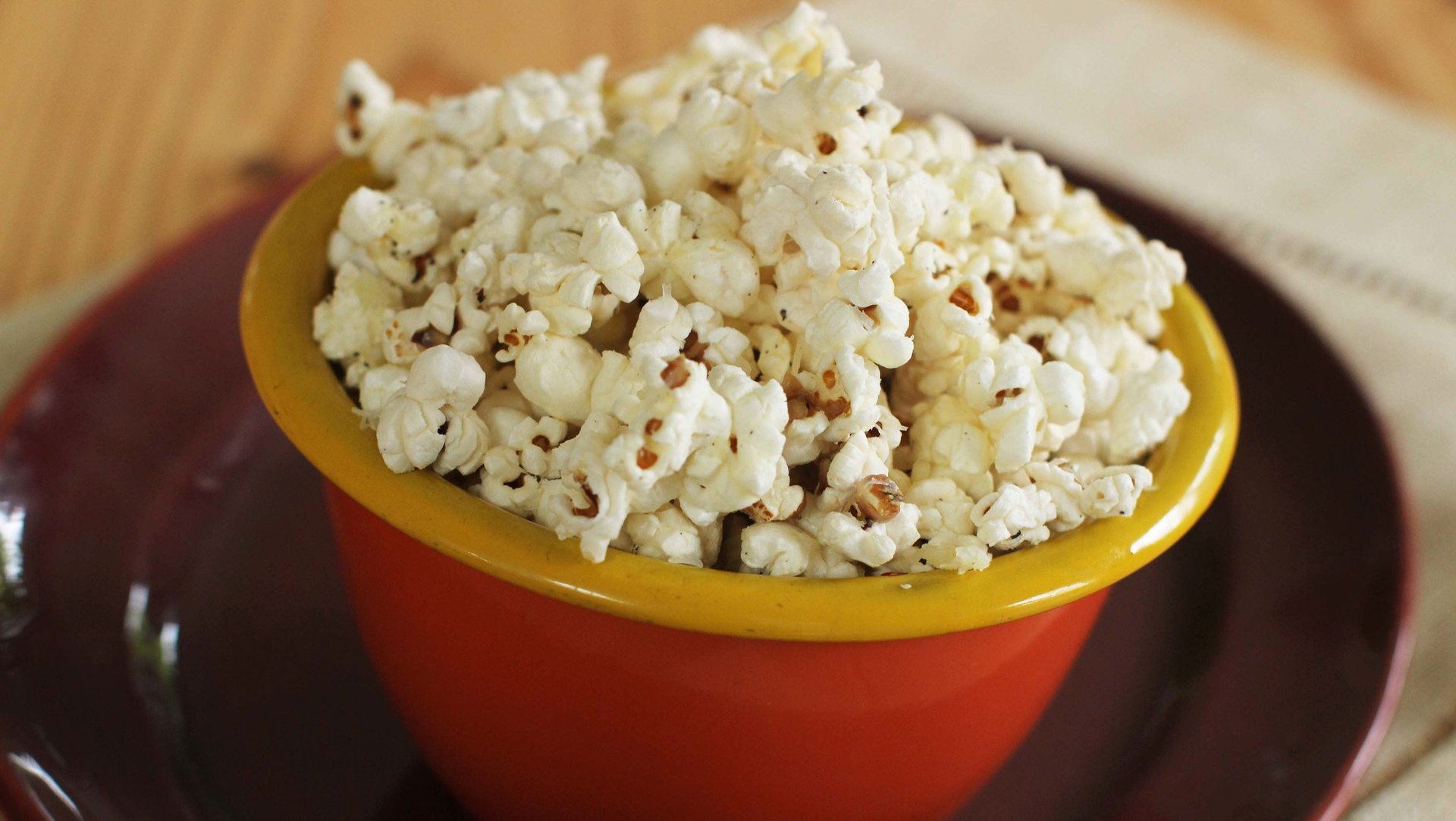The persistent, racist myth of “Chinese restaurant syndrome” just won’t die
MSG is not bad for you.


MSG is not bad for you.
Despite food scientists like Harold McGee sticking up for MSG, and the blizzard of food writers extolling its magical powers of deliciousness, the perception that it is somehow uniquely dangerous persists. Earlier this week, David Chang, the chef who has made defending MSG a bit of a hobby, tweeted about adding it to popcorn.
There was enough pushback, citing migraines and general bad-for-you-ness, that Andrew Zimmern, another chef, took to Instagram to defend the use of MSG in both home and restaurant settings.
It’s not just tastier popcorn we’re missing out on by eschewing the stuff. The Japanese chemist who discovered monosodium glutamate in the early 1900s, and who founded a company to produce it, envisioned it as a twentieth century path to better nutrition, for Japan and beyond. Kikunae Ikeda noticed that very different foods, like miso, asparagus, tomatoes, and cheese, all shared a common savory quality. Working with kombu dashi, a Japanese broth made from a type of kelp, he isolated that flavor and discovered MSG, a compound of sodium and the amino acid glutamate.
In 1908, Ikeda co-founded the company Ajinomoto, today the world’s top producer of MSG. “Ikeda believed that manufacturing MSG as a flavoring agent was important because it could be used to improve the national diet,” Sarah Lohman writes in her book Eight Flavors. “If highly nutritious food tasted bland, all it needed was the generous addition of MSG to make it delicious.” Much of the Japanese diet is built on this principle—dashi, miso, and soy sauce all contain large amounts of glutamates. MSG concentrates that flavor into a form that can be sprinkled on top of anything.
In the US it didn’t work out the way Ikeda envisioned. MSG became a kitchen staple for home cooks throughout Asia. Across the Pacific, it became a crucial ingredient in processed foods like soups, crackers, and even popular snack brands like Doritos.
In the public imagination though, it looms largest as an additive to Americanized Chinese food. Chang has been making the point that racism largely underlines the MSG stigma as long as he’s been a famous chef, including in a 2012 talk at the MAD Symposium, a yearly conference for chefs and other food-industry insiders, as well as on his podcast and his Netflix show, Ugly Delicious.
Some of the anti-MSG comments on his Instagram post about popcorn were overtly racist:
Chang often points to Doritos to highlight cultural assumptions about MSG, and about Asian food being somehow foreign and suspect. He’s right; very few people complain about getting headaches or heart palpitations from eating Doritos, or from dousing pizza in Hidden Valley Ranch dressing. At the same time, no one brags about how great they feel after eating a whole bag of Doritos, either.
Americans aren’t eating steamed vegetables in a broth made powerfully delicious by a bit of MSG, as Ikeda intended. It’s been weaponized by the food industry to flavor cheap piles of corn and wheat into snacks we down by the fistful, so much so that some scientists and writers have taken to characterizing these high-calorie, low-nutrition foods as addictive substances. MSG is a convenient, and culturally loaded, scapegoat for overindulgence, and a distraction from the real problem: the food system we’ve built to make it easier to produce and consume so many calories that lack everything but flavor.